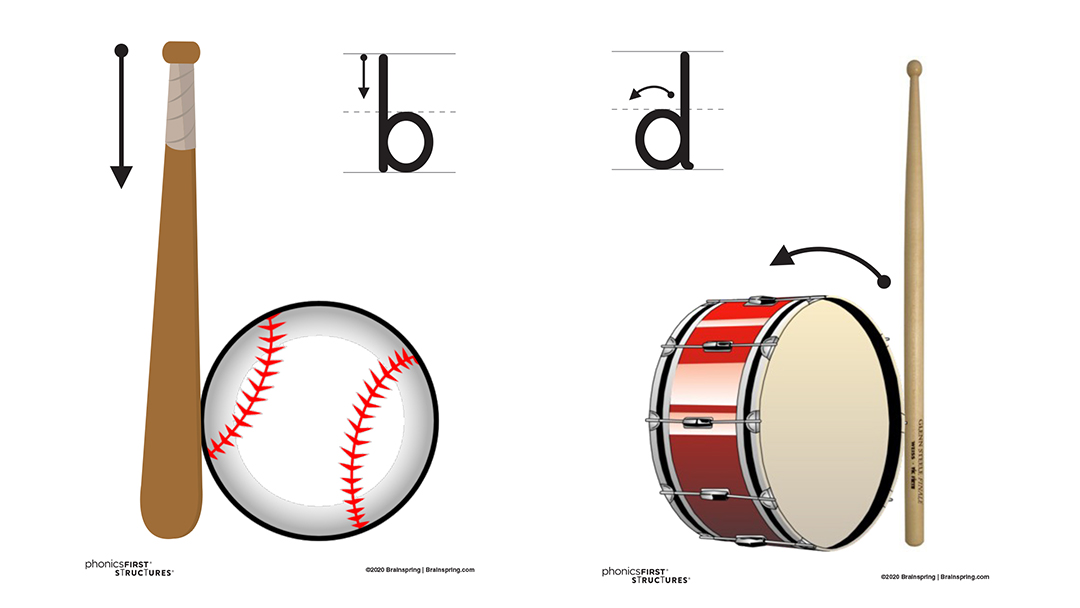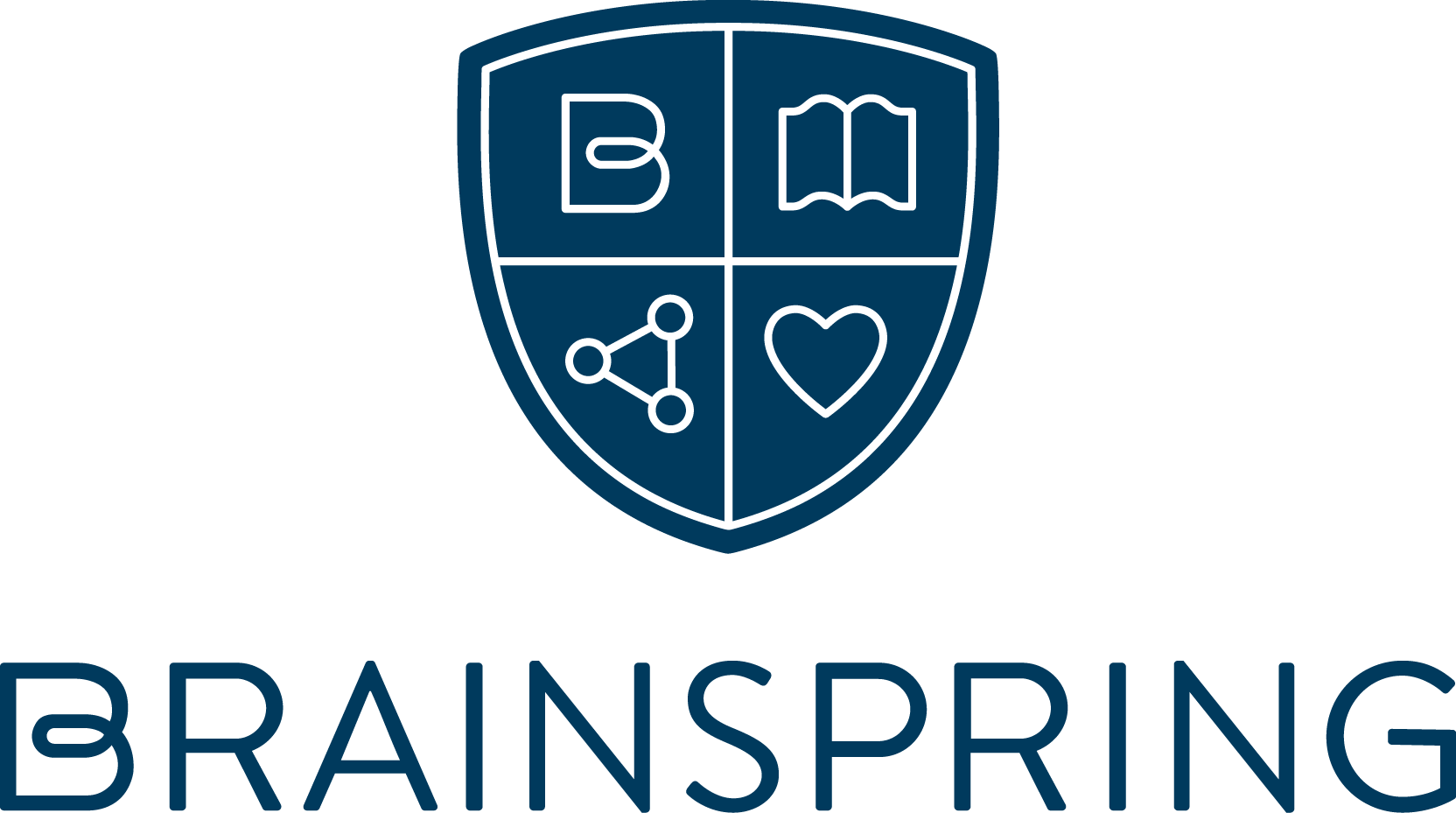3 Activities & Tricks to Combat b, d, q, p Confusion
Posted by Brainspring on 18th Oct 2020
Monday is back again! Anyone in need of some new visual aids in supporting proper letter formation? Are your students reversing letters frequently? The letters b, p, d, q not only confuse beginning and struggling readers by their formation, but also by their sound. Enjoy these fun and multisensory letter formation suggestions!
Why Letter Reversals Happen
For many young learners, b, d, p, and q can be challenging because they share similar shapes but differ in orientation. This visual similarity often leads to confusion as children are still developing the motor skills and visual discrimination necessary to distinguish between these letters.
It’s important to note that letter reversals are typically a normal part of learning to read and write, especially in kindergarten and first grade. As children gain more experience with letters, words, and their associated sounds, these reversals tend to resolve naturally with practice and reinforcement. However, for some students—particularly those with dyslexia or other learning challenges—this confusion may persist longer and require more targeted intervention.
The key to addressing letter reversals is understanding that it’s not a sign of inability but rather a developmental step. By using multisensory techniques, educators and parents can provide the necessary support to help students confidently identify, write, and distinguish between these tricky letters. Early intervention and consistent practice can make a significant difference in reducing frustration and building literacy skills.
Activities for Readers Struggling with Reversing Letters
House Paper Practice
I really wanted to zero in on helping my students with b, d, p, q confusion in writing. When teaching letter identification and formation, why not personify these letters?!
Try using House Paper when writing to work on guiding proper letter formation. See below for some personification stories and graphics to use along with House Paper.
When teaching lowercase letter formation, it is helpful to refer to the tall letters as teenagers that stand as tall as their uppercase parents, such as Bb, Dd, Hh, Tt, Ff, Kk, Ll,. They are allowed on the main floor of the house and upstairs.
Lowercase d – we will call this letter a teenager. Letter d’s pet is letter q (aka a cat). Both d and q face the same way.

Lowercase b is also a teenager. Letter b’s pet is letter p (aka a dog). Both b and p face the same way.
Click Here for a printable version of the graphics above. These can be put up on the wall, ideally where students can easily see and reference to while writing. These graphics can also be laminated and given to each student to add to their writer’s notebook to reference while writing.
Letters such as a, c ,e, i, m, n, o, r, s u, v, w, x, z are considered to be the young children in the house. They “live” on the first floor of the house.
Some letters have tails, such as g, j, p, q, y. These are our pets, and they are the only letters allowed to go in the basement. They sit on the bottom line of the paper, but their tails go below the line or in the basement.
Using Fun Visual Aids
I love b and d posters that remind students how to form the letters and have the pictures incorporating the sounds to coincide with the letters. 
Lowercase “b” is like a bat and ball where you make a straight line down and then make the ball. When writing the lowercase d, it is helpful to make a c first and then go up for the line and trace back down to make the d. Here are some helpful posters:
The “Thumbs Up” trick!
Place your thumbs up and palms facing towards you. Your left hand will be shaped like a b and your right one will be shaped like a d, much like the word “bed” with the imaginary vowel in the middle.
I currently have a sixth-grade student who very subtly and quickly utilizes this strategy when spelling words with d and b in them. He is right-handed and flips his left thumb up and visually sees the b formation and then knows how to quickly write the correct letter when spelling words with b or d in them.
Lots of practice identifying these letters is key in helping your child/student overcome this obstacle that prevails among struggling readers. Try these strategies and keep at it! It truly helps children overcome this challenge.
Written by Julie Palermo,
Julie is a tutor at our Clarkston Learning Center and former Kindergarten teacher.
Brainspring has proudly supported the educational community for more than 25 years.
Our Educator Academy provides educators in grades K-12 with comprehensive MSL Professional Development courses. Learn more about our in-person and online professional development.
The Learning Centers support students through one-on-one, multisensory tutoring sessions. Learn more about our in-person (available in Southeast Michigan) and nationwide online tutoring.



